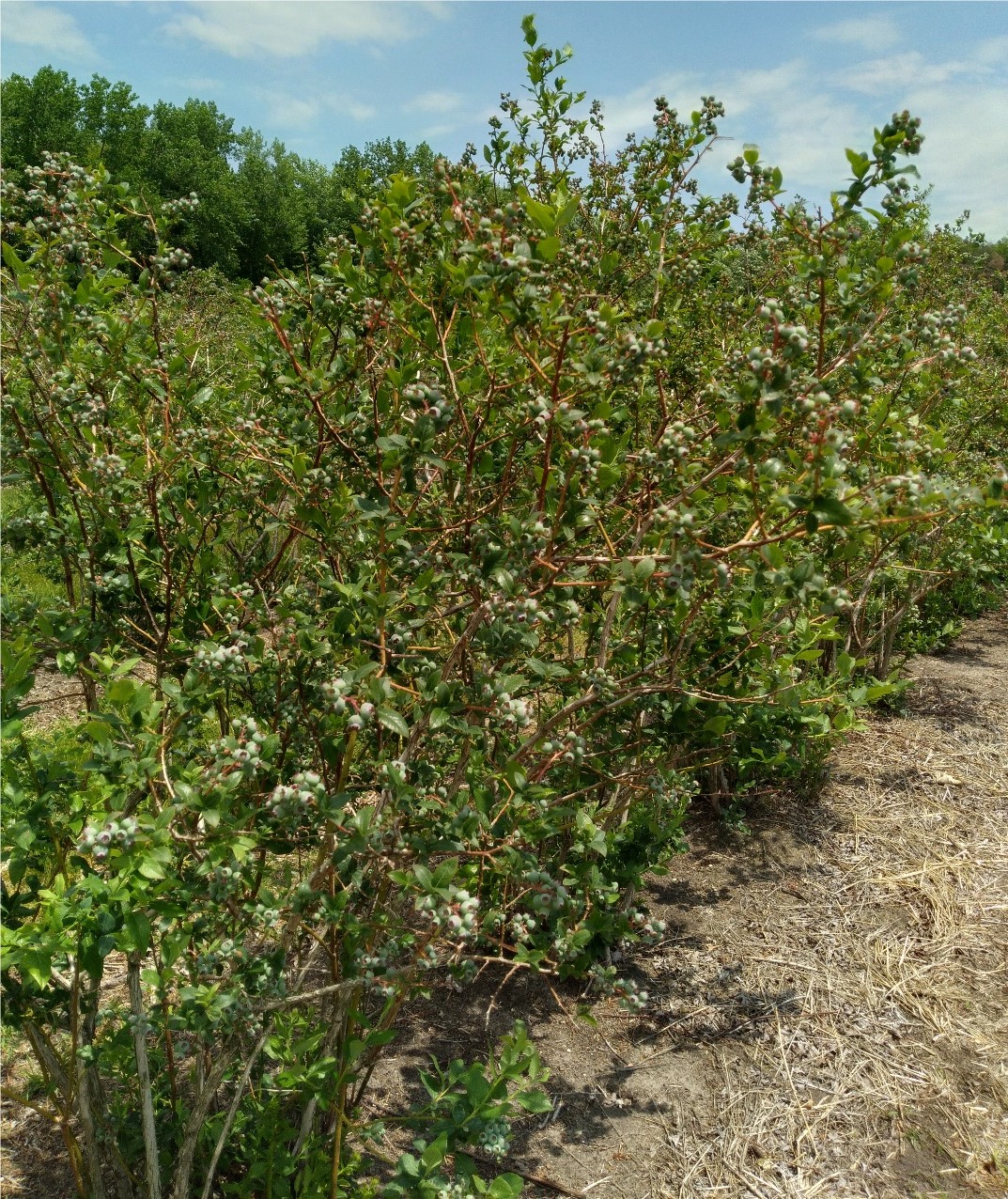West central Michigan small fruit update – June 8, 2021
Drought conditions continue affecting small fruit growth and development in west central Michigan despite scattered rain showers and some localized thunderstorms.

Weather conditions in west central Michigan remain with little change, severe water deficit and average daily minimum and maximum temperatures of 56 and 81 degrees Fahrenheit, respectively. These climatic conditions are affecting fruit set and fruit growth in all berry crops.
So far, the water deficit is affecting early crops like strawberries and blueberries, and in a lesser degree brambles. As of June 8, accumulated precipitation since Jan. 1 in west central Michigan varies from 5.6 to 5.9 inches. That represents almost a 10-inch water deficit for this time of the year.
Growers are using supplemental irrigation to maintain crops with enough moisture to alleviate the lack of substantial rainfall. However, in strawberries, the combination of low temperatures early in the season and the current drought conditions are influencing fruit size and the potential harvest volume (Photo 1).
On the other hand, blueberries are already showing the effects of frost events that affected the region last month. However, no substantial damage has been reported by growers. In addition, a survey conducted last week at blueberry fields located at Covert, Grand Junction, Fennville, West Olive, Conklin and Belding, Michigan, showed that frost protection, variety and geographic location made the difference. Fields unable to use irrigation for frost protection had more leaf bud damage than unprotected fields. In southwest counties, unprotected early varieties were more affected than mid- to late season varieties like Jersey and Elliott. Protected fields with varieties like Bluecrop, Jersey and Elliott suffered little damage.
Also, the location of the field was very important (Photo 2). Fields closer to Lake Michigan shores suffered less damage than fields inland. Likewise, fields at counties north of Allegan County had less frost damage than southern counties.

Climate conditions are an important factor to consider during the following weeks while conducting the corresponding crop management activities. For example, in blueberries, if you are not providing supplemental irrigation, the application of the second dose of soil-applied fertilizer should be delayed until substantial rainfall occurs in your field. Otherwise, the fertilizer will compete with the plant for the scarce water available in the soil and the plant might be damaged.
Another important issue to consider is the spray volume for pesticide applications. Under drought conditions, relative humidity tends to be lower than under normal conditions. Check the relative humidity in your area before spraying and adjust the volume of your application accordingly. If the relative humidity (rH) is less than 50% at the time of the application, increase the water volume to compensate for the loss of volume due to evaporation. That will ensure your insecticide/fungicide reaches the target before it may become airborne and lost as drift.



 Print
Print Email
Email
